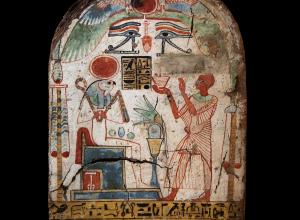Although there are innumerable monuments and open archaeological areas across Rome, most of the ancient city still lies underneath the modern one, making it very difficult to get an overall sense of its former appearance.
Art News
For nearly 50 years the United Nations Educational, Scientific and Cultural Organization has listed outstanding natural and man-made sites as culturally significant locations worthy of protection. But what does designation as a World Heritage Site actually mean for a glacier or coral reef, or a landmark like the Taj Mahal?
Ironically, the most iconic portrait of the president was never completed.
Italy’s Project ShareArt will collect data on the “attraction value” of particular artworks and enforce COVID-19 guidelines through a combination of artificial intelligence, big data applications, and cameras pointed at guests.
In perhaps the next inevitable step down a path paved by bitcoin, NFTs, and a boom in collectibles like Pokémon cards, shares of Pablo Picasso’s Fillette au béret will soon be available for purchase and trade by investors.
The Spanish Galleon San José, which sank off the coast of Colombia in 1708, was rediscovered by Colombian officials in 2015 near Cartagena. For years, the San José was called the “holy grail of shipwrecks,” believed to contain plundered items—primarily gold, silver, and emeralds—worth an estimated $17-22 billion.
In December 2020, a competition was announced to design a new floor for the famous ancient arena. The winning entry, announced in May 2021, is by the Italian engineering practice Milan Ingegneria.
Recently the Royal Museums Greenwich announced the shortlist for its 2021 Astronomy Photographer of the Year competition. The 30-plus images range from telescopic and seemingly space-bound to nature-infused skyscapes.
Salvador Dali’s oeuvre often brings to mind images of melting clocks, lobster telephones, or crucifixion depictions, but late in his career the artist also created three floral suites.
An incredible artist and businessman, he fortunately lived and worked just as Gutenberg’s printing press (c. 1440) and movable type (c. 1450) began to take off. Dürer produced fine art for wealthy patrons and printed work that was able to, for the first time, be disseminated to the masses.


![DEl Kathryn Barton [Australian b. 1972] the more than human love , 2025 Acrylic on French linen 78 3/4 x 137 3/4 inches 200 x 350 cm Framed dimensions: 79 7/8 x 139 inches 203 x 353 cm](/sites/default/files/styles/category_card_187x139/public/ab15211bartonthe-more-human-lovelg.jpg?itok=LJbNuU6F)

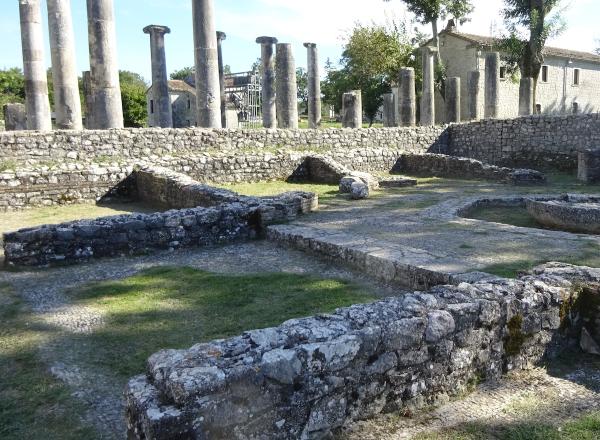
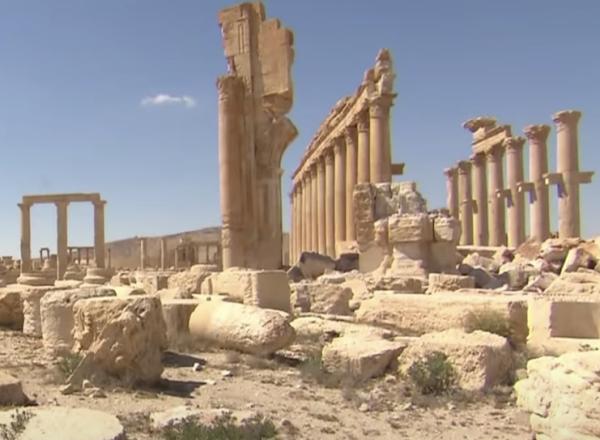
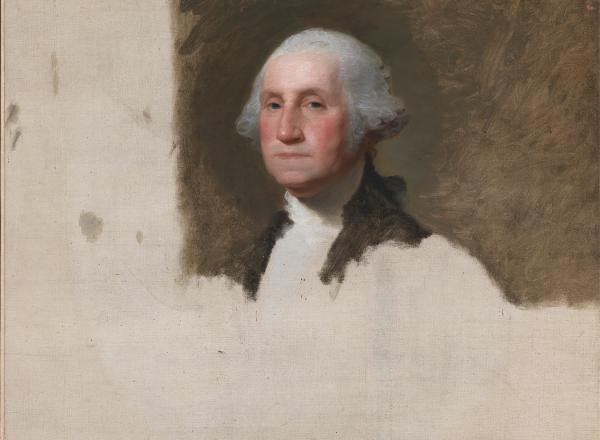
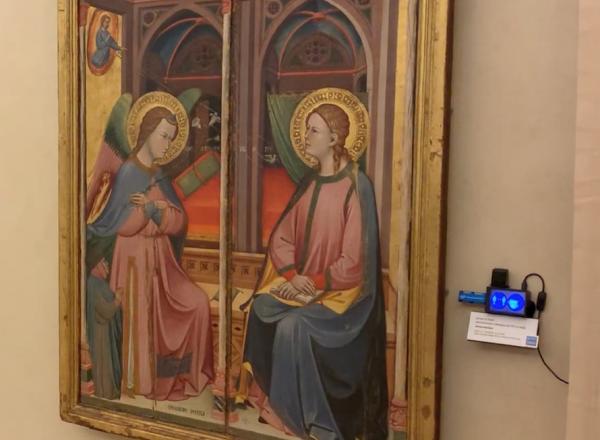
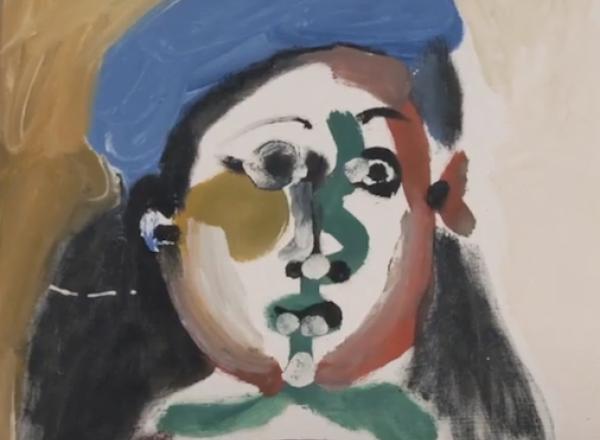
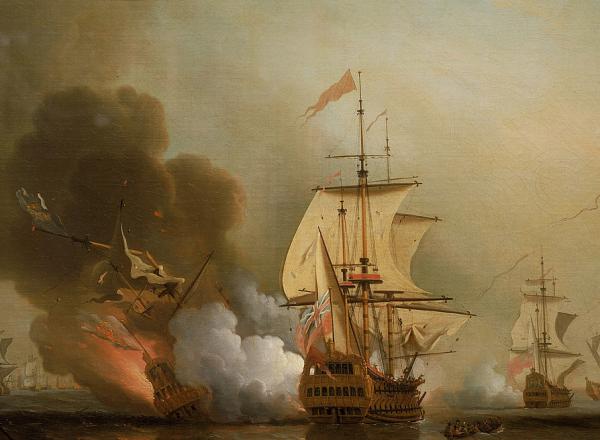
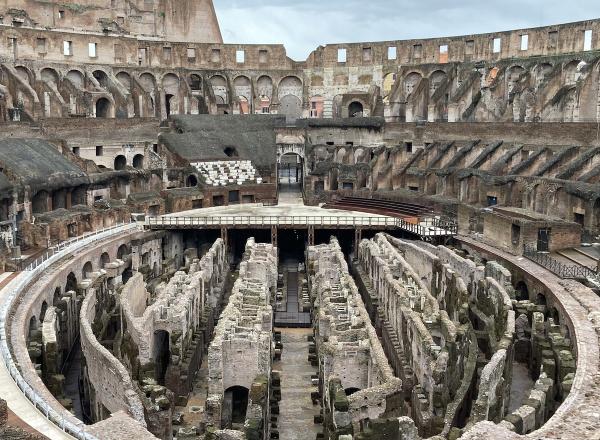

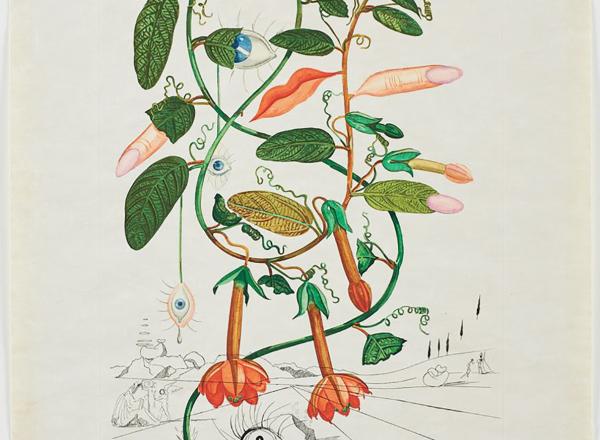
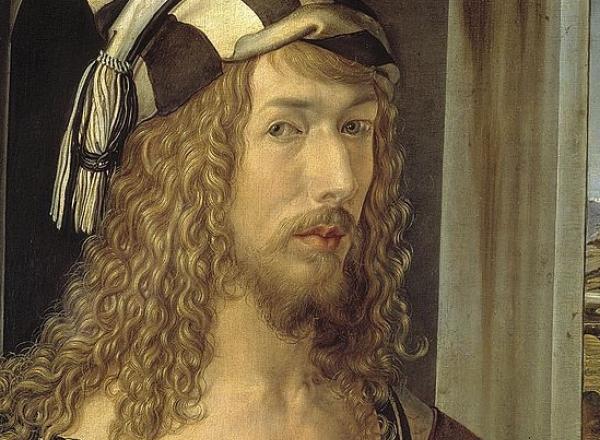







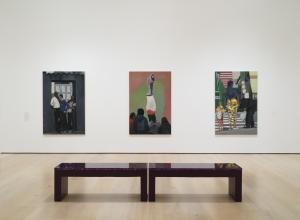






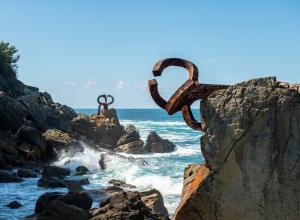
![Ginevra de’ Benci [obverse]. 1474/1478. Leonardo da Vinci. Oil on Panel. Ailsa Mellon Brue Fund, National Gallery of Art.](/sites/default/files/styles/image_5_column/public/ginevradebenciobverse196761a.jpg?itok=hIzdUTaK)

![Merina [Pop Chalee] Lujan, Taos, 1906 – 1993, Yellow Horse, gouache on paper, 13 1/8 x 18 1/8 in. (33.3 x 46 cm.) Estimate: 1,000 – 2,000](/sites/default/files/styles/image_5_column/public/4630-58.jpg?itok=kBAYkc0u)

